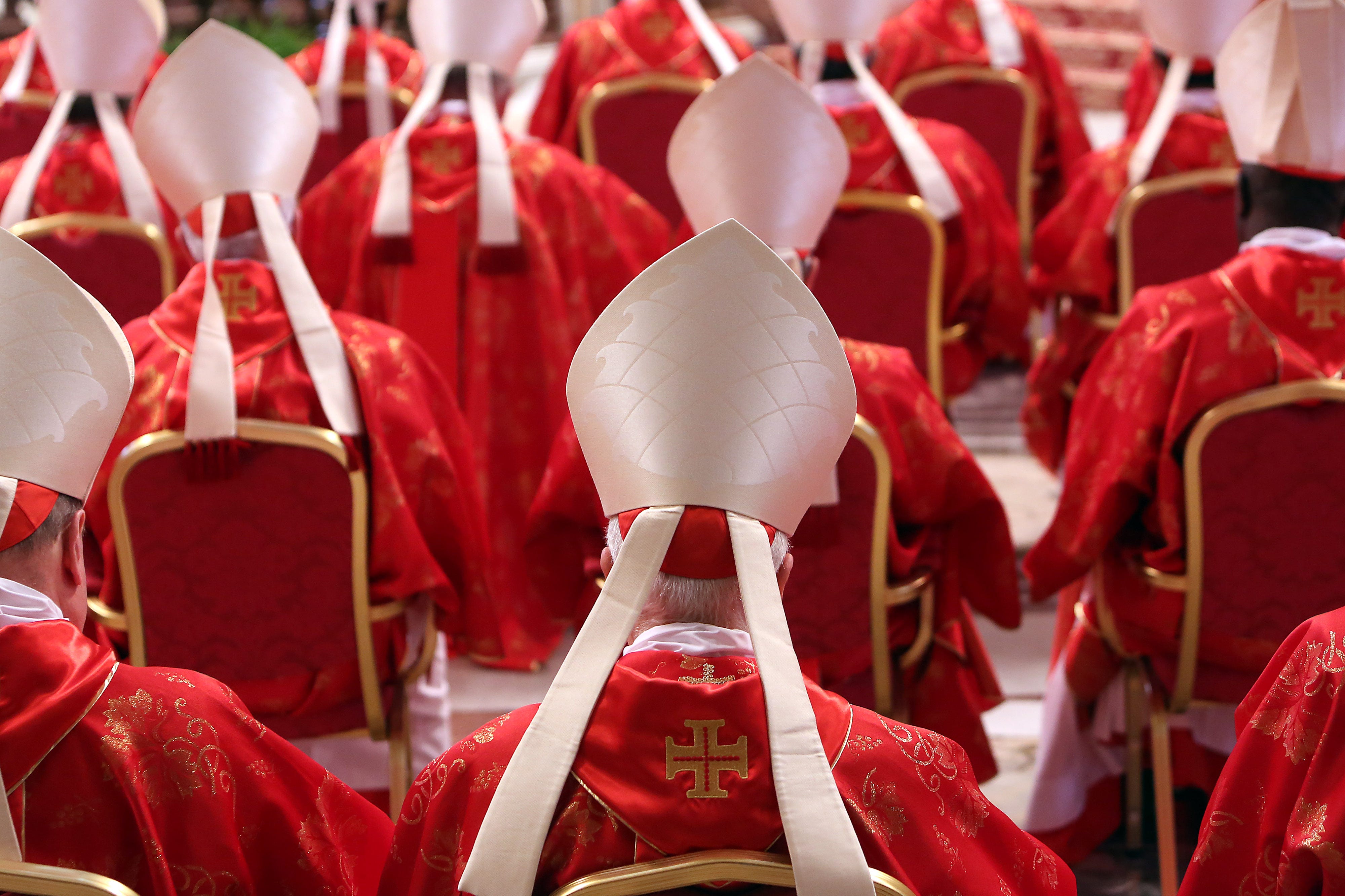
Franco Origlia/Getty Images
Following Pope Francis’ death, the secretive election process to appoint the next pontiff of the Catholic Church will soon be underway.
“Pope Francis died on Easter Monday, April 21, 2025, at the age of 88 at his residence in the Vatican’s Casa Santa Marta,” the Vatican said in a statement on X on Monday.
“His entire life was dedicated to the service of the Lord and His Church,” His Eminence, Cardinal Farrell, said in a statement.
Pope Francis’ last public appearance was at the Vatican’s St Peter’s Square on Easter Sunday, less than 24 hours before his death.
In keeping with a centuries-old tradition, popes are chosen by the College of Cardinals, a group of ordained bishops who make up the Church’s most senior officials. They will now be summoned to a meeting at the Vatican where the Papal election — also known as the conclave — will take place.
There are currently 252 cardinals, and of those, 138 are eligible to vote in a conclave to elect a new pope due to rules introduced in 1975 excluding cardinals over the age of 80 from voting.
The conclave process explained

Gabriel Buoys/AFP via Getty Images
To begin with, a special morning mass will be held, after which 120 of the cardinals — the maximum number of cardinal electors — will gather inside the Sistine Chapel, which has overseen all papal conclaves since 1858.
The conclave will officially begin when the words “extra omnes” (Latin for “everybody out”) are said by the master of the Papal Liturgical Celebrations.
This expels everyone but voting cardinals from the Sistine Chapel. Those remaining are then essentially sequestered until they have chosen a successor.
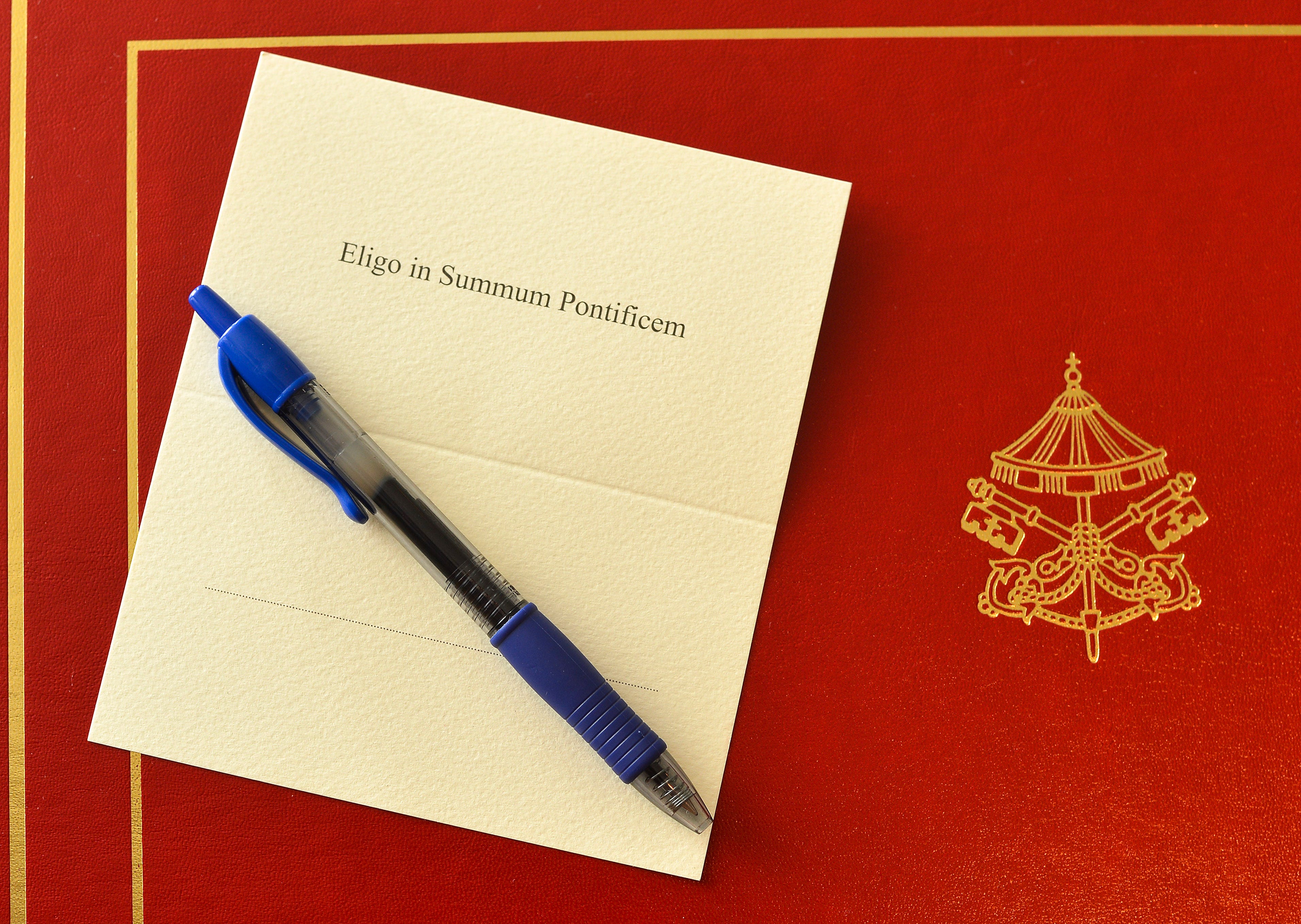
Richard Lautens/Toronto Star via Getty Images
After the first day, four ballots will be held each day, with the cardinals casting their vote on a piece of paper headed “Eligo in summen pontificem,” or “I elect as supreme pontiff.” Ballots are then stuffed into an urn and counted.
Three cardinals delegated as Scrutineers count the ballots, ensure everyone has voted, each make a count, and then burn the ballots. A two-thirds majority is required for a cardinal to be named the new pope.
Security measures are in place to keep the conclave sequestered
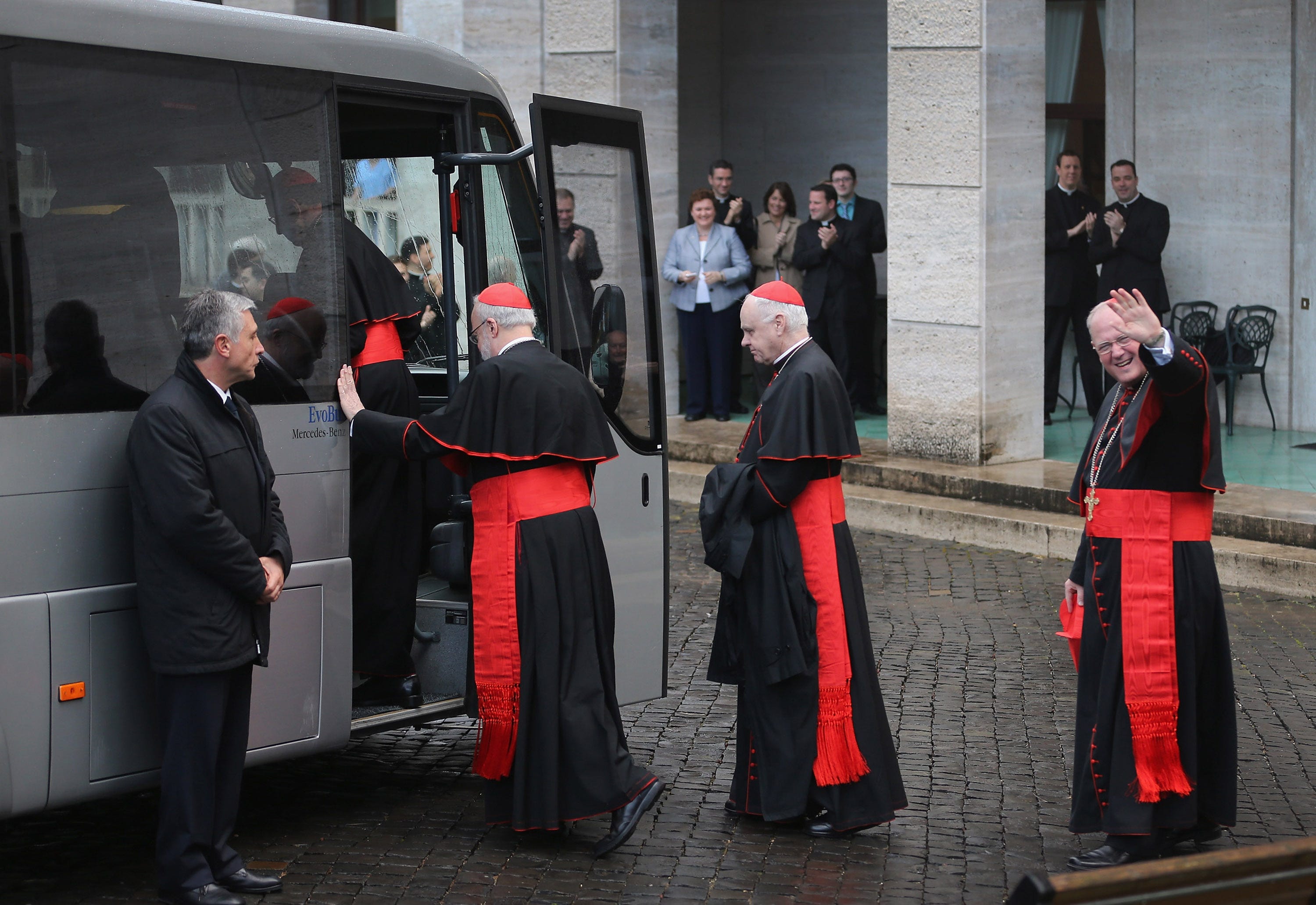
Joe Raedle/Getty Images
From the start of the conclave onward, the cardinals are completely cut off from the outside world — phones, televisions, radio, and newspapers are all banned. They will hole up inside the Domus Sanctae Marthae, a hotel-like residence in the Vatican, until the conclave has concluded.
As with previous years, it’s expected that security around the Sistine Chapel will be tight.
During the last conclave, following the resignation of Pope Benedict in 2013, sweeps were made for microphones and communication devices, and electronic jamming devices were installed to prevent any transmission from escaping.
There is no definite answer on how long the papal election will take
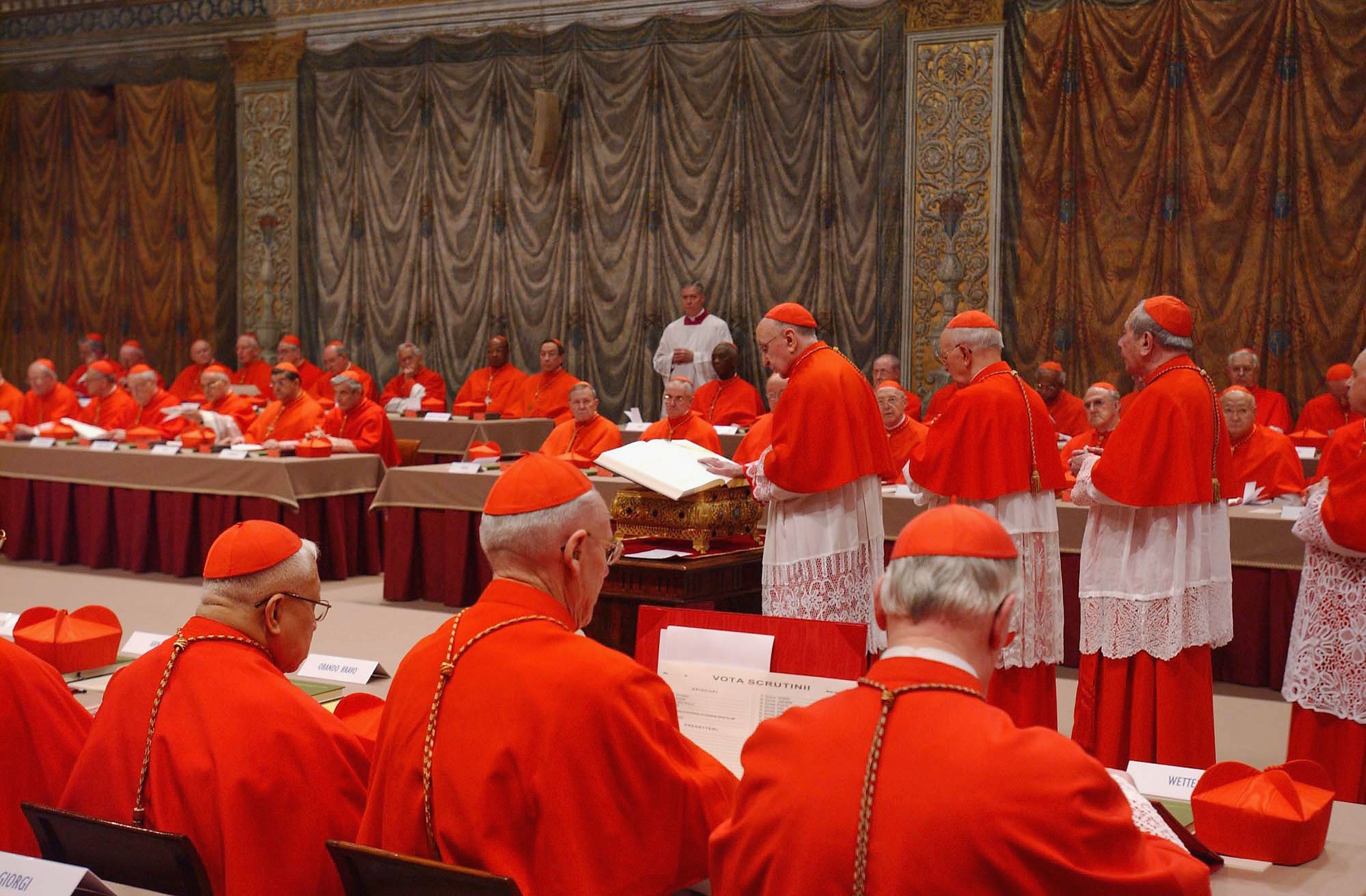
Arturo Mari – Vatican Pool/ Getty Images
In the past, some papal conclaves have gone on for weeks, months, even years. Notably, the conclave of 1268 lasted over two years, and the cardinals were eventually given only water and bread to try to force them into a decision.
However, in recent years, conclaves have been relatively short. The one in 2013 took just two days. The longest papal conclave in the 20th century was in 1922 when the cardinals voted 14 times over 5 days.
If a conclave lasts more than 12 or 13 days, the cardinals can swap over to majority voting to expedite the process.
The new pope will be named after white smoke is seen from the chimney of the Sistine Chapel
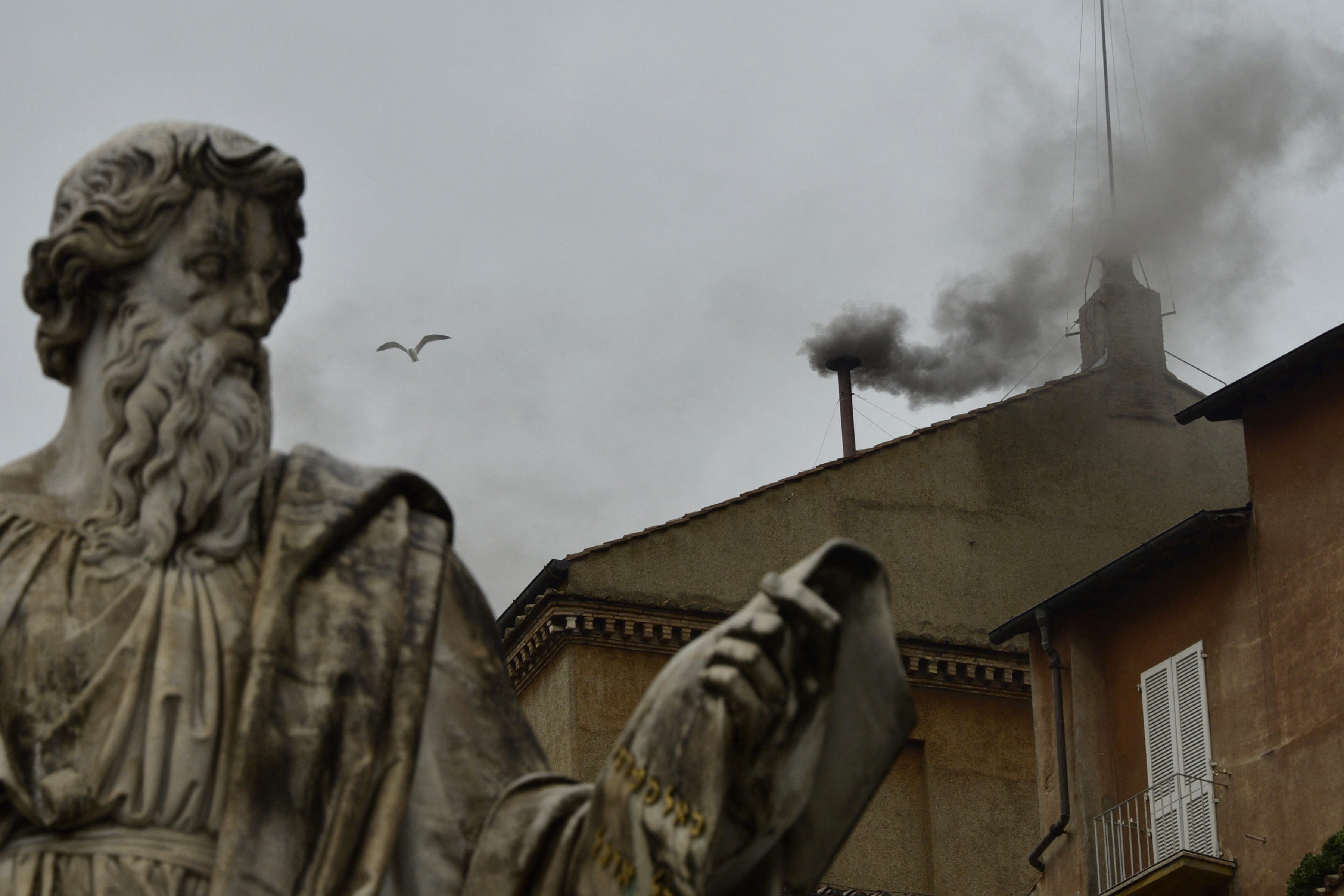
Johannes Eisele/AFP via Getty Images
Once a candidate has been selected, it is up to them to accept.
With the word “Accepto” — “I accept,” the papal conclave is over, and the Catholic Church has found its new pope.
The outside world will know that a new pope has been elected once white smoke is seen coming from the chimney above the Sistine Chapel.
Smoke will be visible to onlookers twice a day throughout the conclave process, but crucially, it will only appear white if the next pontiff has been selected.
That’s because the scrutineers douse the discarded ballots with mystery chemicals (or something else, it isn’t entirely clear) to make the smoke black if there isn’t a pope, and make the smoke white in the event that “Habemus Papam” — which translates as “We have a pope” — is announced.
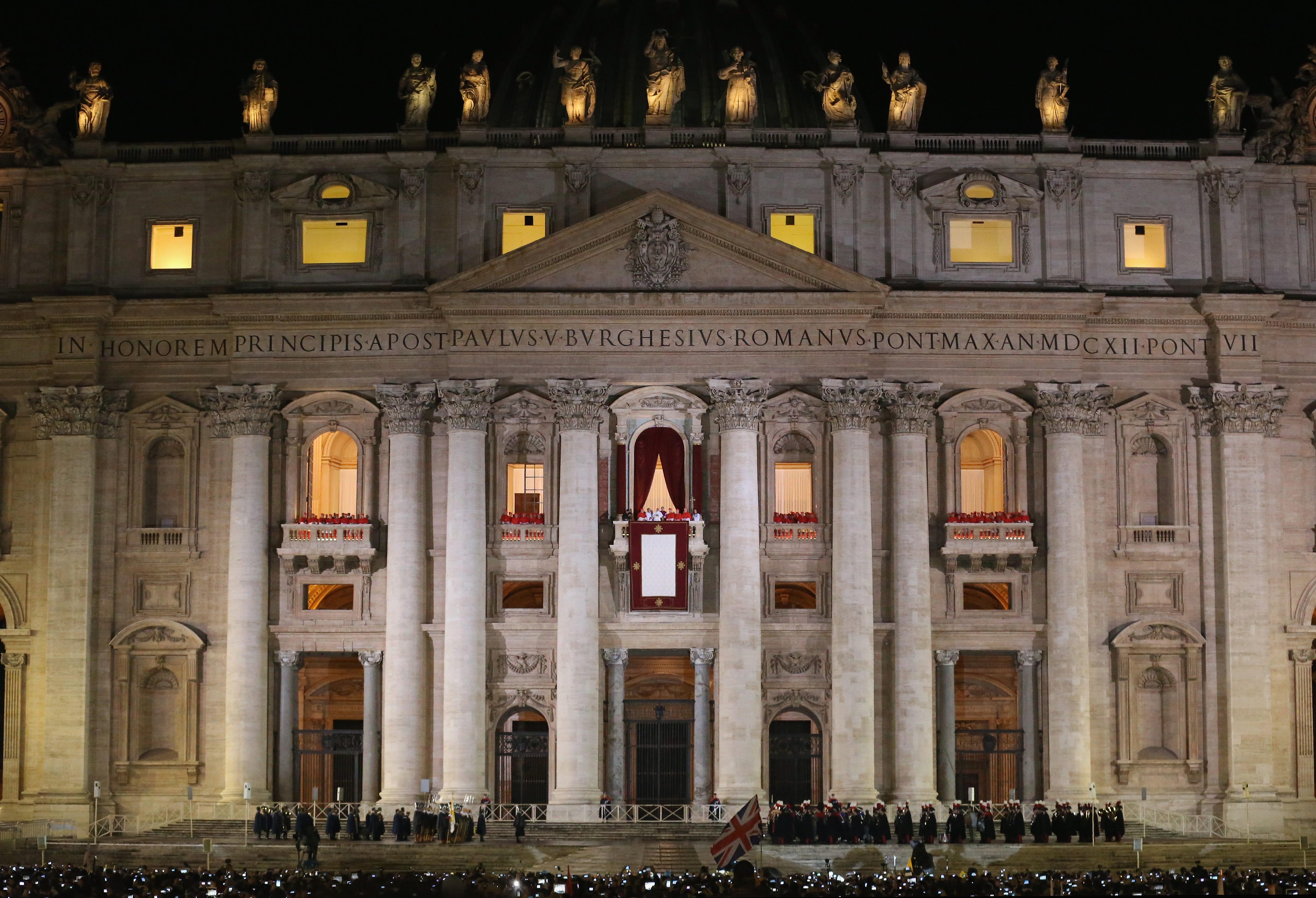
Christopher Furlong/Getty Images
As is customary, the identity of the new pope will not be immediately made known.
Instead, the crowds who gather in St Peter’s Square will be among the first to see who has been chosen.
The post How is a new pope chosen? The papal conclave process explained appeared first on Business Insider.




